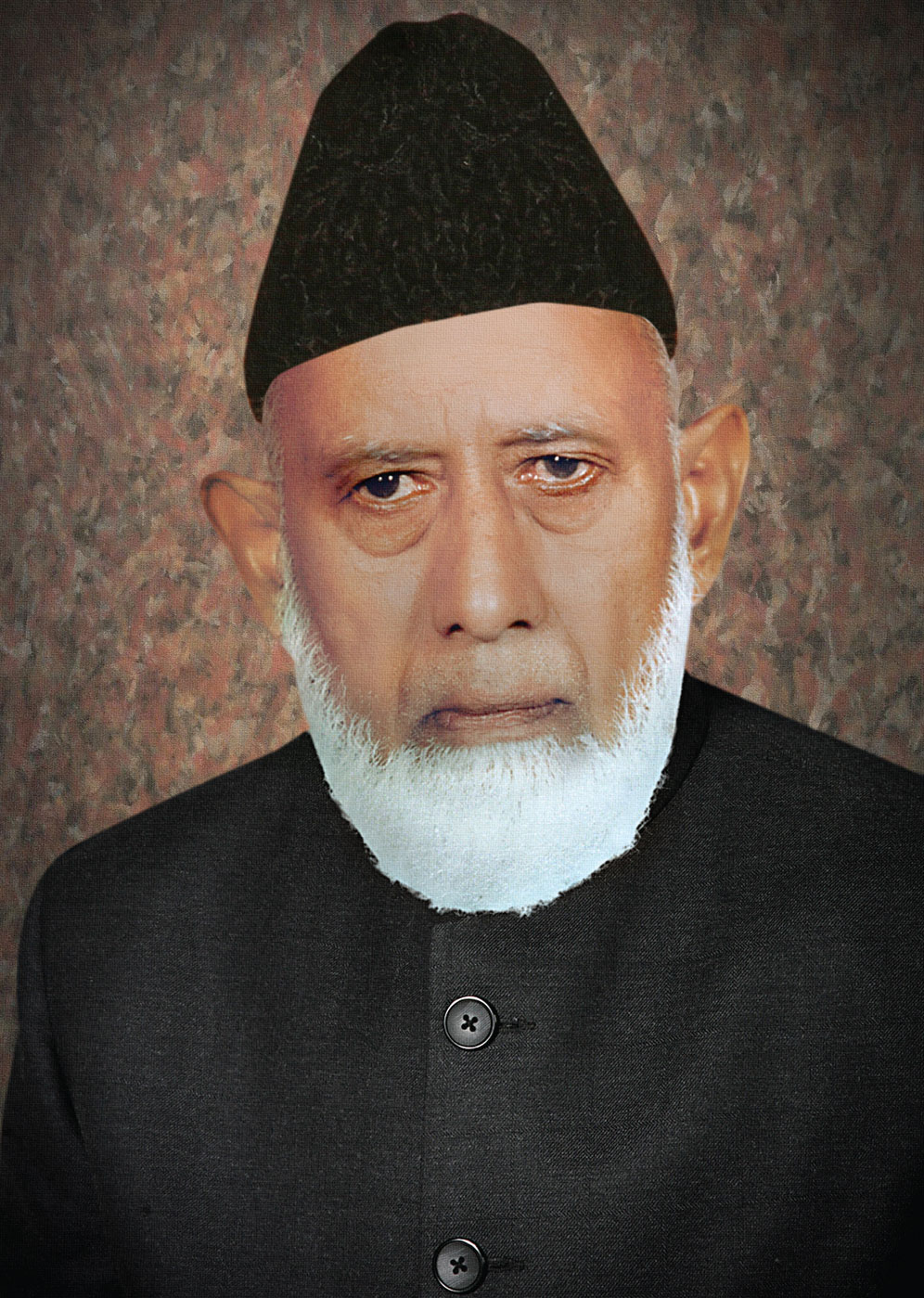Description: With a safe, individualized, and effective choice for patients, the VR-based OCD therapy system hopes to transform OCD treatment. Traditional therapies, which are frequently pricy, time-consuming, and ineffective, are intended to be replaced by this immersive and interactive system. The VR system will provide users with a secure setting where they can face their obsessions under the guidance of a licensed therapist. Participants in this initiative include mental health providers, academic institutions, and the funding source. The treatment has many advantages including improved accessibility, efficacy, and patient engagement. Additionally, it can lower medical expenses, promote mental health awareness, and improve mental health care.
We specifically focused on four different forms of obsessive-compulsive disorder (OCD), hoarding, checking, symmetry/ordering, and cleaning since they all have different symptoms and complications. We examine the particular difficulties that each subtype poses, such as obsessive hoarding of goods, extensive cleaning procedures, and the desire of perfect symmetry.
The OCD-Escape comprise of exposure scenarios, customization options, real-time feedback, and progress tracking. On the other hand, encompass performance, usability, safety, accessibility, privacy and security, and compatibility.
Socio-Economic Benefits: Cost saving The implementation of the VR-based OCD therapy system is expected to lead to significant cost savings in comparison to traditional therapies.
Improved accessibility The VR system aims to enhance accessibility to OCD treatment by providing a more convenient and flexible option for patients.
Improved quality of life By providing a safe, effective, and accessible treatment option, the project has the potential to alleviate the burden of the disorder and empower individuals to lead healthier and more fulfilling lives.
Category: Virtual Reality
| Socio-Economic Benefits: |
CSSE



